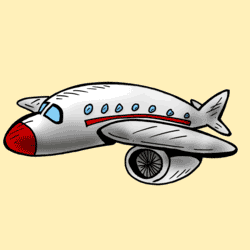 It is now more than 65 years since Chuck Yeager first broke the sound barrier in a rocket-powered aeroplane. There are plenty of very expensive military aircraft that travel faster than the speed of sound, but apart from the ill-fated Concorde, the promise of faster-than-sound travel still eludes the ordinary traveller. In the past 50 years commercial air travel has certainly become less expensive, but it has not become faster.
It is now more than 65 years since Chuck Yeager first broke the sound barrier in a rocket-powered aeroplane. There are plenty of very expensive military aircraft that travel faster than the speed of sound, but apart from the ill-fated Concorde, the promise of faster-than-sound travel still eludes the ordinary traveller. In the past 50 years commercial air travel has certainly become less expensive, but it has not become faster.
Aircraft designs have not evolved much in the past half century, but the rate of change could accelerate as the demand for air travel increases and the requirements for fuel efficiency and noise minimisation become more stringent. One suggested design which potentially increases fuel efficiency involves long narrow flexible wings. Another design involves a wider fuselage which generates its own lift, rather than being a dead weight relying solely on lift from the wings. Other suggested designs have an integral triangular wing.
The most energy-intensive part of a flight is the take-off, and one proposal involves reducing fuel consumption by using a slingshot-like approach to launching aircraft. An aircraft would be mounted on the back of an automated carriage vehicle, which would accelerate down the runway and fling the plane into the air. This could enable take-offs from shorter runways.